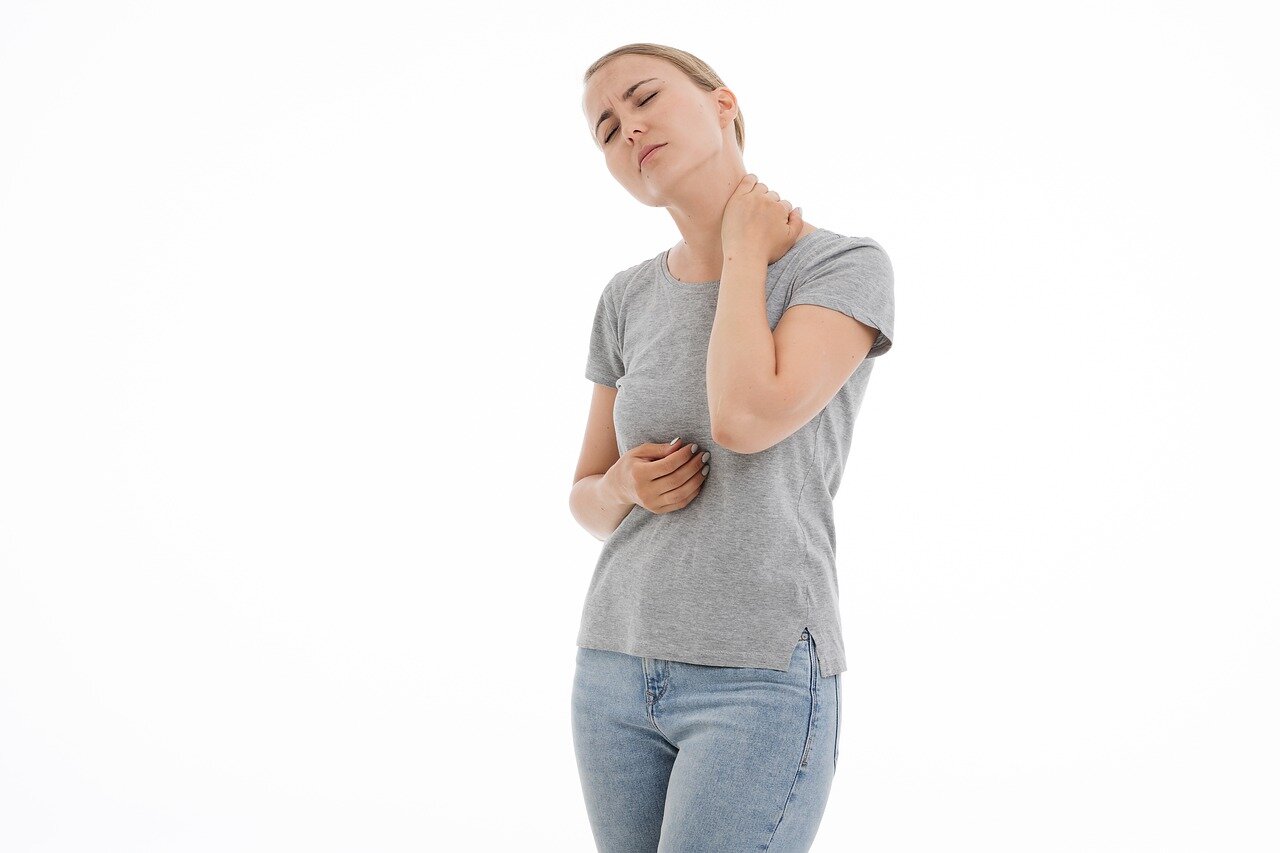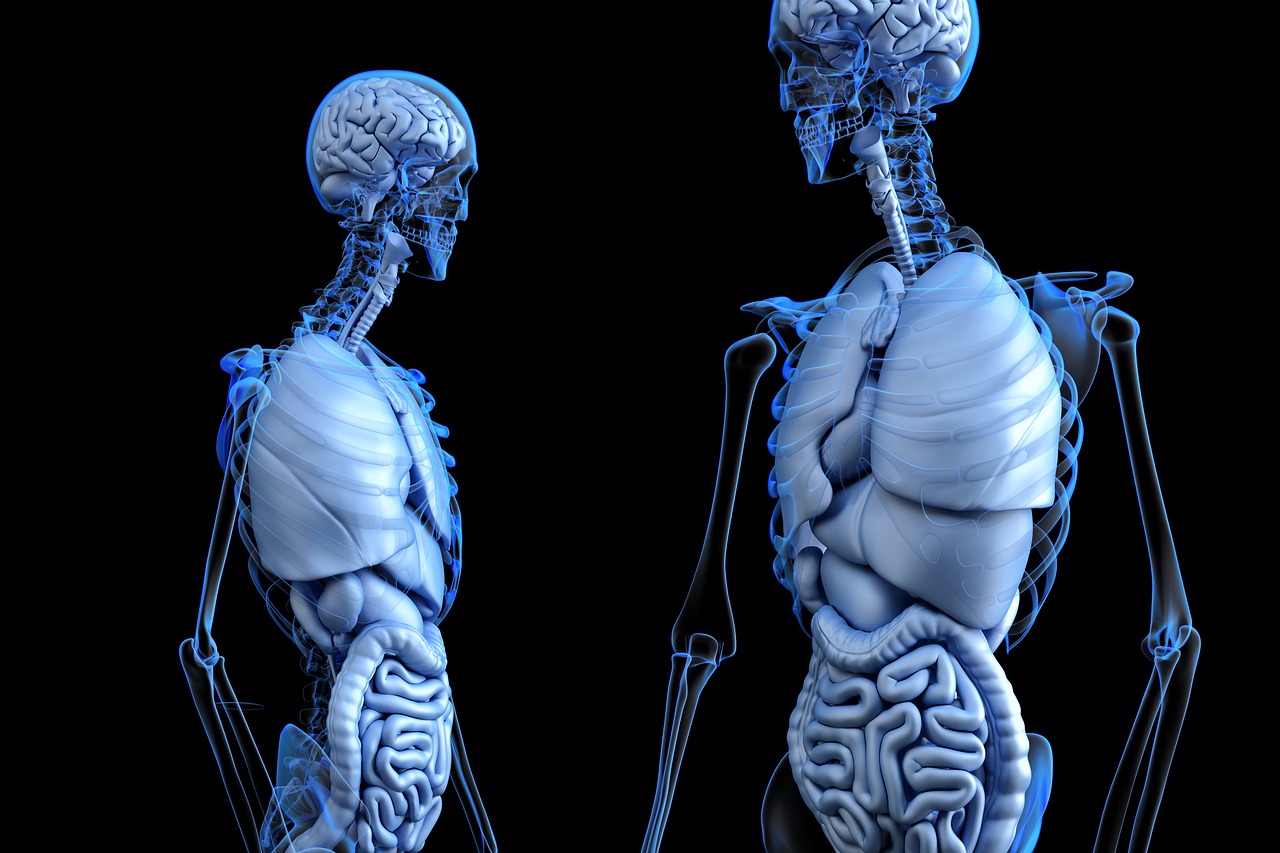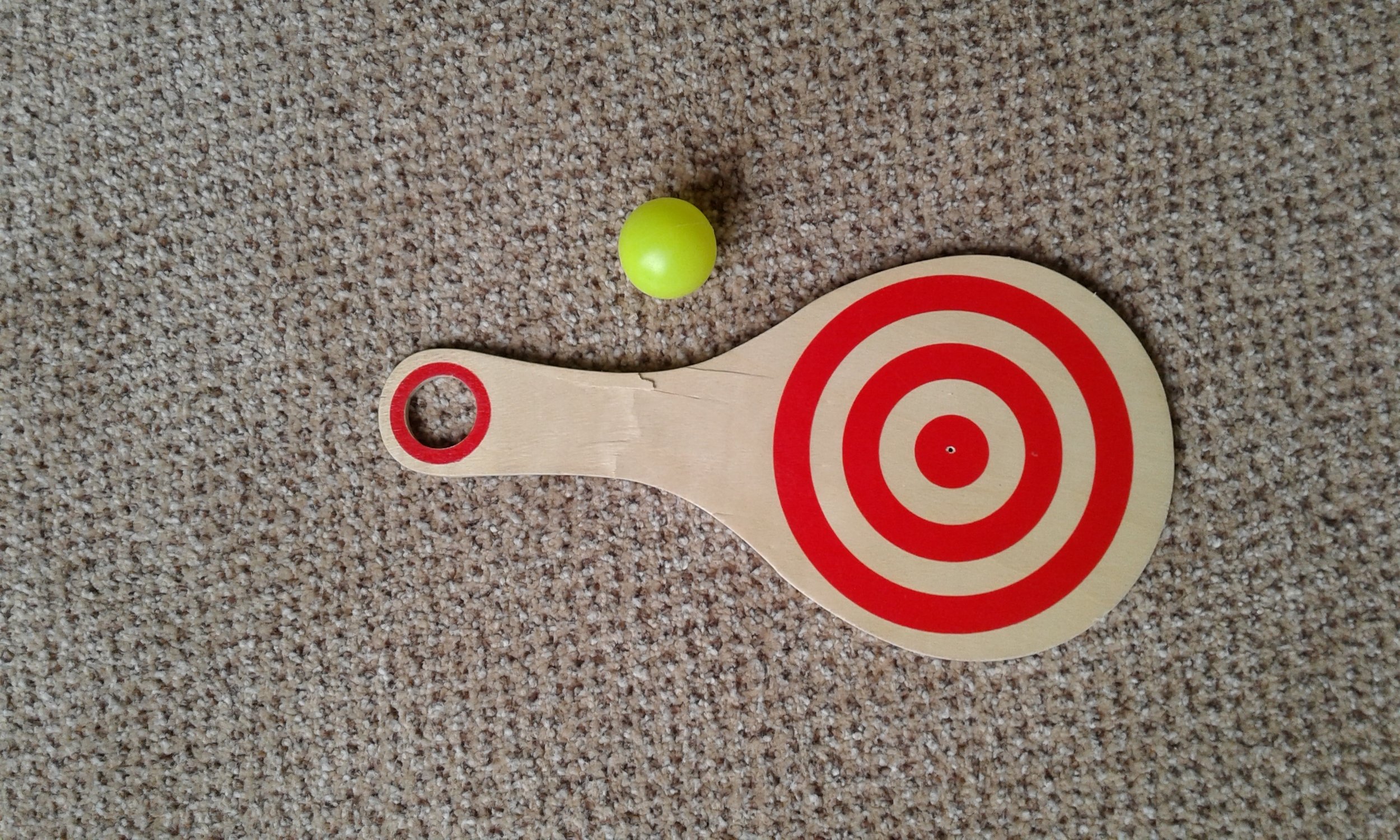Now for the very good news. Since we now understand that PD is principally a problem with the Nervous System, it is entirely possible that we can pro-actively prevent further degeneration, and even regain what we've already lost, because Vagal Tone can always be improved, neurons regenerated, neural pathways re-written, and senses retrained
Read MoreRelationships and Parkinson's Disease
This series of articles includes many self-help tips on how to potentially improve/prevent further atrophy of the cranial nerve functions, to try to increase “vagal tone”. The hope is to delay, or even reverse, the losses of facial expression, light in the eyes, melody in the voice, and ability to listen, all of which can impact significantly on other people’s chances at being able to relate to us, as well as our own ability to read with veracity the social cues coming from others.
Read MoreThe Neck and Parkinson's Disease, Part 1
Even slight damage or stiffening up of the neck can cause constrictions or interruptions of important electrical and chemical flows. For oxygen and nutrients that enter through the mouth or nose, it is double jeopardy, as they have to pass through the bottle-neck twice, down into the lungs or to the gut, and back up again to get the brain. The neck is therefore a primary attention site for progressive symptom reduction strategies. In this article, we look at aspects of the neck and consider what we can do to improve our lot.
Read MoreDiaphragmatic Breathing and Parkinson's Disease
In this article, I will make the case that patterns of unhealthy breathing are among the most vital target areas for progressive reduction of the symptoms of Parkinson’s Disease. Breathing dysfunctions are prevalent in people with PD, such as chronic mouth breathing, but, in particular, shallow breathing from the chest and neck, with very little movement of the diaphragm, which has become spasmodic, rigid and stiff. These breathing patterns often precede diagnosis by years or may even be life-long habits, and therefore could have a more causal role, rather than just being an effect of developing the disease. Conversely, if a chemical cure was invented tomorrow, which alleviated the main symptoms, it is very unlikely to fix the unhealthy breathing habits, and so associated chronic health issues are likely to re-emerge. The positive message is that this can be worked on and repaired over time even with PD, and that long term strategies to improve the situation could help reduce symptoms and disease progression, and improve quality of life.
Read MoreThe Gut, the Digestive System and Parkinson's Disease, Part 2
In this follow-up article, we continue the exploration of the role of the gut, the digestive system, and gut-brain communication via the Dorsal Vagus Nerve, in PD. We will consider more recent findings, and look at some other angles involving the gut which have practical importance.
Read MoreThe Cranial Nerves and Parkinson's Disease
I am currently researching the Cranial Nerves and their functions. My interest in this area was piqued because many of the major and common symptoms of Parkinson's Disease are not properly explained by just the "death of dopamine producing cells in the Substantia Nigra" scenario. However, I do believe that the atrophy of the Cranial Nerves in people with Parkinson's (PwP) does very straightforwardly explain most of the main secondary symptoms, and in a very common sense way.
Read MoreThe Dorsal Vagus Nerve and Parkinson's Disease
In this article, I would like to return to this topic, and concentrate this time on that primitive, reptilian branch of the Vagus Nerve, and its potentially central role in Parkinson's Disease.
Read MoreSocial Engagement and Parkinson's Disease
Recently, I described how the "Polyvagal Theory" of Dr Stephen Porges not only provides an elegant explanation for Parkinson's Disease and all its symptoms, but also suggests the actions we can take towards healing. Here, we return to this Nervous System (NS) dysfunction perspective of PD, and explore further how it informs us about what we can do to progressively decrease our symptoms.
Read MoreWalking, Cycling and Dancing: Ankle Mobilization in Parkinson's Disease
In this article, we explore, with the assistance of my friend and mentor, Cheryl Townsley, Health & Wisdom Coach, how the concepts of stress interruption and nervous system resetting help us understand why walking, cycling and dancing - exercises that inherently involve mobilization of the ankle joints - are so beneficial for People with Parkinson's Disease (PwPs), and why we need to keep practicing these regularly.
Read MoreCould Candida be Contributing to my Symptoms of Parkinson's Disease?
One of the more persistent problems I encounter regularly (daily) are episodes of severe brain fog, during which "Gary has left the building", my breathing becomes very shallow and I can only lie down due to my balance going completely. These episodes typically occur in the early evenings and/or after my main meal, when my stomach is full.
Read MoreThe Vital Need to Encourage Relaxation in People with Parkinson's Disease
My background is law – patent law – not science, but with engineer Steve Walpole I have spent a great deal of time studying the brain and developing new technology which can measure and influence the brain, andm as part of this, I have been observing people with Parkinson’s.
Read MoreHow A Dog in the Family Helped Me to Understand My Parkinson's Disease
Then something profound and disturbing, but extremely important happened. As I was sitting there, I switched into a deeper "off" state - one in which I zone out completely, lose myself, the brain fog descends, I stiffen up and become rigid, eyes glaze over, I withdraw from the world. hat happened next was extraordinary.
Read MoreThe Vagus Nerve and Parkinson's Disease
I first discovered the Vagus Nerve (VN) when I was researching how Parkinson's Disease begins in the gut: "Braak's Hypothesis" of the disease states that the problem spreads from its origins in the digestive tract to the brain, using the Vagus Nerve as the conduit. My interest was further piqued when I read that people who had had their VN severed via a vagotomy - a surgical "solution" for stomach ulcers - appeared to have significantly less likelyhood of developing PD.
Read MoreMovement Recovery with Yo-Yo Stress Balls
Deb had the unique insight that a kind of stress ball (a squeezy, bouncy ball which fit the human hand well) which comes with an attached elastic string and a velcro finger or wrist strap would be hugely beneficial. She based this on our discoveries of how some hand-eye co-ordination movements are relatively easy for people with Parkinsonsim's. She was right!
Read MoreBat and Ball Therapy for Parkinson's Disease
A simple bat & ball set was just about the first thing I bought when I started exploring toys which could help me unlock movement to start pushing back my Parkinson's Disease symptoms. Once I began to play with them while my PD drugs weren't working - in an "off" state in which I didn't have my much access to movement - it was a complete revelation! The shear degree of movement that suddenly came back in just playing "keep it up" with the bat and ball was a joy, especially in terms of neck movement and core rotation. The fact that while I was doing it, much of my other symptoms (rigidity, unfocused eyes, breathing problems, pain) went away, at least in the moment of play, was massive in re-thinking about my condition, and how to live well with it.













